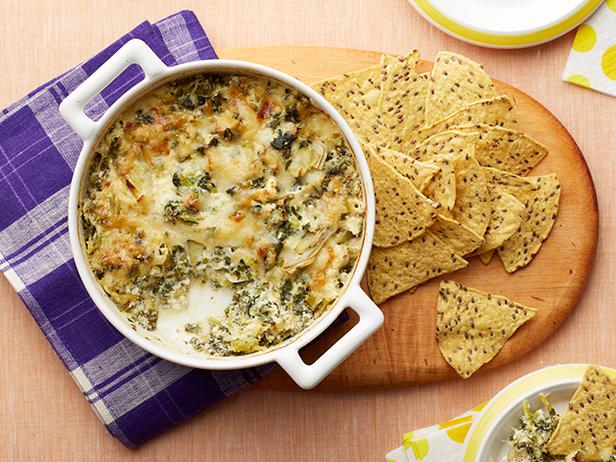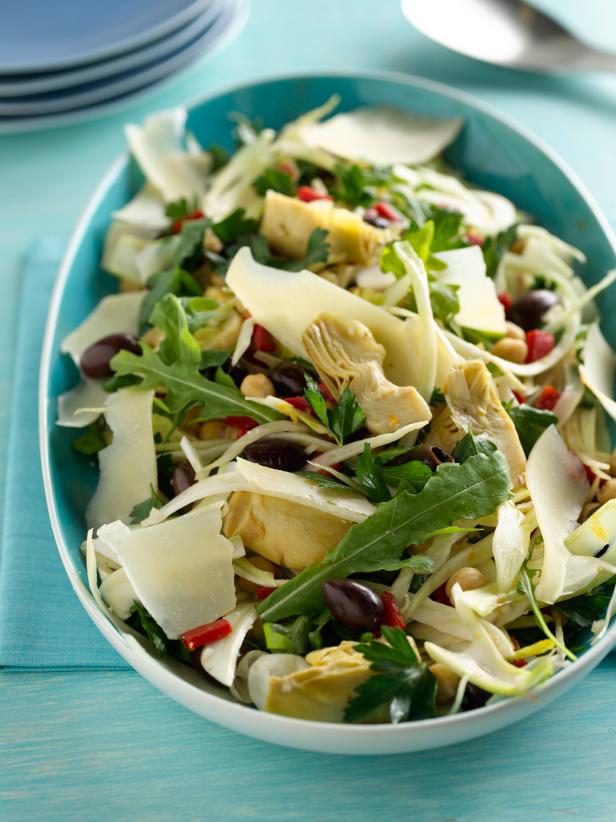Market Watch: Artichokes

Nuthawut Somsuk
With its spiky tips and armadillo-like scales, the artichoke has been known to repel many a timid eater. If you can get past their formidable appearance, though, artichokes are a delight — mild in flavor, and even fun to eat. What’s not to like about a vegetable that can be eaten with your hands, and is a vehicle for melted butter?
Grown primarily in California, artichokes are actually unopened flowers from the thistle family. Though there are over 50 varieties, the most common is the Green Globe, an Italian type with a bright green hue. The choke — or thistle — is inedible, as are the tough outer leaves and prickly tips. The heart, which is really the base of the artichoke, is considered the tastiest part. Though they are harvested year-round, artichokes are at their peak in spring, from March through May.
Artichoke Facts:
Artichokes are an excellent source of vitamin C, iron, potassium, magnesium and folate, not to mention fiber. They also contain a unique flavonoid called silymarin, which boosts liver function and helps detoxify the body.
At the store or market, choose artichokes that feel heavy for their size, with firm, tightly closed leaves; avoid any that appear dried out or woody. Those with leaves that are spread apart are definitely past their prime. If you are unsure, squeeze it—the leaves will make a squeaky sound if fresh. To store, refrigerate in a plastic bag no more than 4 to 5 days.
Preparation:
If you’re planning on serving artichokes whole, they require a few minutes of attention. First wash them under cold running water. Slice off the top inch of the artichoke with a sharp knife. Then, using kitchen shears, snip off the spiky tips of the outer leaves. Remove any tough leaves from the bottom of the vegetable, and trim the stem end so that it can stand upright. Rub the cut parts with lemon juice to keep them from turning dark, or place the trimmed artichokes in a bowl of cold water with the juice of half a lemon.
What to do with artichokes:
Once you’ve trimmed them, cook artichokes until tender either by steaming or boiling them (see recipes, below). Then serve with a simple dipping sauce of melted butter or aioli. If you want to get fancy, stir in some sautéed garlic or chopped herbs, such as tarragon or parsley. Finally, the fun begins: eating them. Remove the outer leaves, one at a time, dip the fleshy part into the sauce, and gnaw off the edible portions with your teeth. When you get to the center, cut away the fibrous choke to expose the big pay-off: the tender, meaty choke. Hopefully, you’ve left enough dipping sauce to finish the job!
Of course, there are other ways to eat fresh artichokes. Larger ones are wonderful when stuffed with a savory filling and served hot or cold. Baby artichokes can be marinated and served in salad or antipasti, or even grilled. And for those who aren’t ready to wrestle with fresh artichokes, there’s jarred and frozen artichokes. For an upgrade on the standard artichoke dip, spread crostini or crackers with a soft cheese, such as ricotta, and top with sliced, marinated artichokes and a sprinkle of parsley. Use them as a pizza topping, or combine them with spicy greens like arugula or watercress in a salad. They are also a natural fit with chicken, either served alongside a whole roasted bird, or combined with thighs braised in white wine. For a hearty vegetarian main dish, combine artichoke hearts with pasta and canned beans and serve topped with Parmesan and fresh basil leaves.
To brush up on your artichoke-prepping skills, check out this handy-dandy how-to:
Recipes to try:

Tara Donne, 2012, Television Food Network, G.P. All Rights Reserved.

Antonis Achilleos

Tara Donne



Antonis Achilleos

RYAN DAUSCH
Abigail Chipley is a freelance recipe developer, writer and cooking teacher who lives in Portland, Oregon.

































